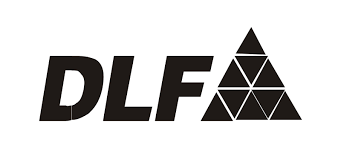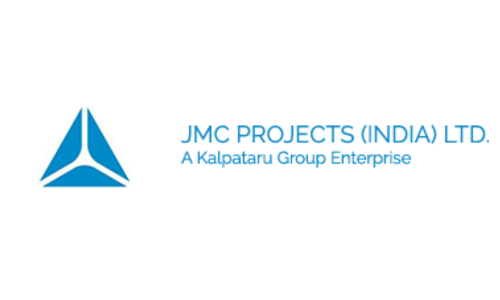Formworks and Their Applications
Formwork has always been important for construction. Be it a hundred years back or today, all construction works relied on durable, easy-to-install formworks. From the traditional Timber ones to the modern-day plastic varieties, forms evolved according to the needs of the time but never lost their relevance.
Types of Formworks and Their Applications
As an integral part of all construction projects, formworks have evolved over several centuries to suit the necessities of construction works of different ages. The following is a list of a few such alternatives.
Timber Formworks
Timber formworks are quite a traditional variety in the construction work domain. These are lightweight, easy to install and remove and find wide application in building construction.
Plywood Forms
Strong and durable, plywood forms are ideal for carrying out several construction works. Especially for on-site concrete casting, this variety of forms finds extensive application. Construction houses also use them for decking, sheathing, as well as form linings.
Aluminium Forms
Aluminium forms are metal forms and are extremely durable. Aluminium is a low-density metal. Therefore, the formworks made with Aluminium remain comparatively lighter in weight than other metal formworks. Construction works that need a fixed structure of formwork such as column formworks, can rely on this variety for multiple projects.
Steel Forms
Steel forms are strong, durable, and corrosion-resistant. For making curved and circular structures such as Tanks, columns, sewers, chimneys, retaining walls and tunnels, these beam formworks find extensive application.
Plastic Formwork
Plastic formworks can withstand any climatic extremities and when used with care, construction houses can deploy them in more than 100 projects. For high-rise building construction, plastic forms have become indispensable. Whether columns, slabs or even beams, these formworks can be repeatedly used due to their versatility and light weight. Structures constructed with plastic formworks have a good finish and the need for plastering can be eliminated, eventually saving costs.
Fabric Forms
If the design and architectural layout of a structure is irregular and complex, construction houses prefer using fabric forms.
Coffor Formwork
Prefabrication of comfort formworks is done under a controlled environment in factories. Once ready, construction houses install coffort for concrete reinforcement. Easy to install and carry to other sites, it is one of the most widely formed varieties as well.
Column Formworks
The structural strength of buildings depends largely on the columns. Columns can be of different dimensions and shapes. Be it a circular column or a hexagonal one, perfectly crafted column formworks ensure strong and durable columns for every construction.
Beam Formworks
Side sheeting panels and sheeting bottoms constitute prefabricated beam formworks. Much like columns, beams, too, add to the overall strength of the structures. Hence, these are integral for a wide range of building construction projects.
Foundation Formwork
The foundation of structure varies over a large range. Some foundation types are footing, raft, combined footing, etc. Therefore, formworks for foundations also vary in design, dimension, and height. However, this formwork is used widely across building construction projects.
Wall Formwork
For construction dam walls, building walls, basement RCC, or wing walls, wall formwork remains the widely used equipment.
The above list consists of only a few types of formworks based on material and usage. The market has several other alternatives suitable for numerous requirements of the construction domain.
NovaFormWorks is a renowned name in the field of formwork manufacturing in India. Be it slab formworks, wall forms, modular formworks, or any other variety, you will find a wide range of modern plastic formworks in its collection with the impeccable features of re-usable, recyclable and eco-friendly.


































